303 Stainless Steel: Properties, Applications, and Machinability
 Sep 26,2024
Sep 26,2024

When cost effectivity and machinability are the core requirement of the application than you must choose 303 stainless steel. No doubt that you are going to enlighten yourself in this article. This article will tell you about a 303 SS that is famous for these characteristics. You will understand the main physical, chemical and mechanical properties of the 303 stainless steel [1] [2].
Material 303 Stainless Steel
A SS grade with an austenitic crystal structure austenitic stainless steel is mainly famous for its machining properties due to the presence of sulfur in its elemental composition. It is found in various applications including screws, bolts, aircraft fittings, bushing, and vice versa.
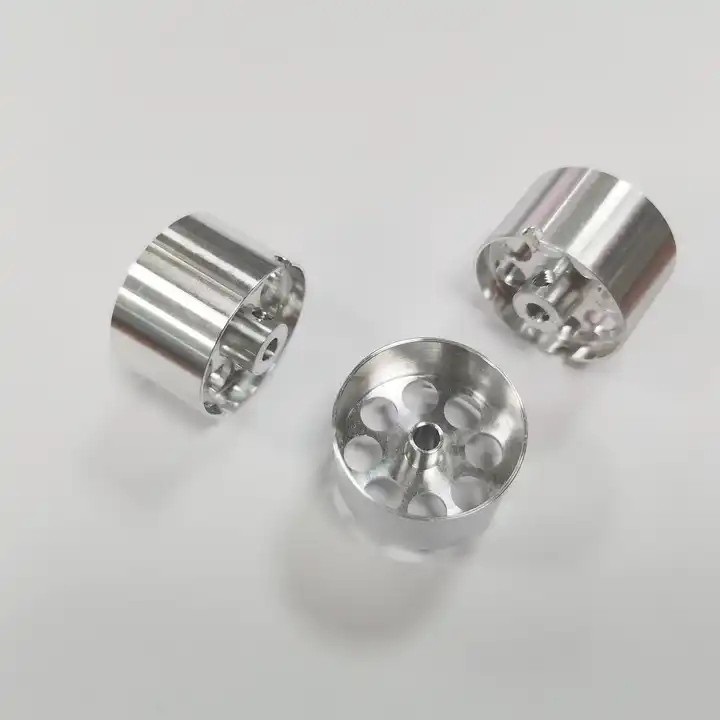
Is 303 stainless steel magnetic
This material is typically nonmagnetic because of its austenitic structure. However, it can be slightly magnetized due to ferrite formation on cooling. The cause of ferrite formation is the presence of Selenium and Sulfur in the chemistry of the 303 alloy of stainless steel.
What is SS303 Equivalent to?
| Country/Region | Standard | Grade |
| Europe | EN | 1.4305 |
| Germany | DIN | X8CrNiS18-9 |
| Russia | - | 12Х18Н10Е |
| United States | AISI/ASTM | 303 |
| Japan | JIS | SUS303 |
| China | GB | Y1Cr18Ni9 |
Forms and Availability of 303 Cres Material
This alloy is cost efficient due to its good machinability and available in different forms. Plates and sheets are made up from this alloy. Moreover, other extruded products are tubes and round bars. Square bars and hex bar are also available in the market and extruded as per customer’s requirement.
1. 303 SS Bar: These bars are commonly used in machining applications due to their excellent machinability. The availability of different diameters and lengths allows for versatility in design and manufacturing processes.
2. 303 Stainless Sheet: Sheets made from 303 stainless steel are widely used in industries such as automotive, aerospace, and construction. They offer good corrosion resistance and can be easily formed into desired shapes.
3. 303 SS Plate: Plates made from 303 stainless steel are commonly used in applications that require higher strength and durability. They are often utilized in structural components, machinery, and equipment.
4. 303 Stainless Tube: Tubes made from 303 stainless steel are used in various industries, including automotive, chemical, and food processing. Their corrosion resistance and excellent machinability make them ideal for fluid transportation and structural applications.
Fig 2: Forms of Cres material
YouTube link:
https://www.youtube.com/watch?v=UUCI2tJMV9Y&pp=ygUGMzAzIHNz
Is 303 Stainless Steel Food Grade?
303 SS grade is not good for food-grade as it cannot withstand prolonged high temperatures usually between 450- 800°C. In these conditions, it is prone to sensitization, and corrosion resistance is also challenged making it less favorable for food handling.
Why 304 and 316 Are Preferred for Food Applications
These grades are use in food processing because it possesses good hygienic properties. It can sustain the good quality of the food as it is corrosion resistance. High corrosion resistance permits it to become less reactive and withstand the food chemistry intact.
https://www.youtube.com/watch?v=jBOpY4fP7hU&pp=ygUGMzAzIHNz
Pros and Cons of AISI 303
Advantages
- Excellent machinability: 303 stainless steel is renowned for its superior machinability, reducing production time and costs.
- Good corrosion resistance: It offers good resistance to atmospheric corrosion, organic and inorganic chemicals, and mild corrosive environments.
- Heat resistance: 303 stainless steel can withstand high temperatures without significant degradation, making it suitable for various applications.
Limitations
- Reduced toughness: Compared to other stainless steel grades, 303 stainless steel has slightly lower toughness. This may limit its suitability in applications requiring exceptional impact resistance.
303 Stainless Steel Resistance
303 SS grade has significantly low resistance against corrosion due to the following factors:
- High sulfur content
- Chloride sensitive
- Low oxidation resistance
If there are no other options left except to bear such conditions, then this alloy may undergo passivation, and the outer part may be covered with protective coatings. However, this grade is still susceptible to pitting and crevice corrosion due to the factors mentioned above.
SS303 Chemical Composition Chart
Below is the chemical composition of SS 303:
Table 1: Chemical composition 303 SS
|
Element |
%age |
|
Cr |
17 to 19 |
|
Ni |
8 to10 |
|
Mn |
2 |
|
Si |
1 |
|
C |
0.15 |
|
P |
0.20 |
|
S |
0.15 to 0.35 |
|
Fe |
Balance |
Below are certain elements that play a major role in modifying 303 SS properties:
- Cr: Enhance corrosion resistance
- Ni: Toughness
- S: Machinability
- P: Deoxidizer
- Mn: Hardness and wear resistance
Physical Properties of SS 303
Below is a brief analysis of this alloy’s physical properties:
Stainless Steel Density
This grade of SS exhibits a density of 8.03 g/cm³ which has a strong influence on its structural integrity.
Electrical Properties of 303 Stainless Steel
This alloy has comparatively weak electrical properties. The typical electrical resistivity for this material is known to be 720 nΩ·m making it suitable for non-conductive applications.
Heat Transfer and Conductivity Values
303 SS grade is a good heat conductor with a thermal conductivity of 16.3 W/m·K and a specific heat capacity of 0.50 J/g·K approximately.
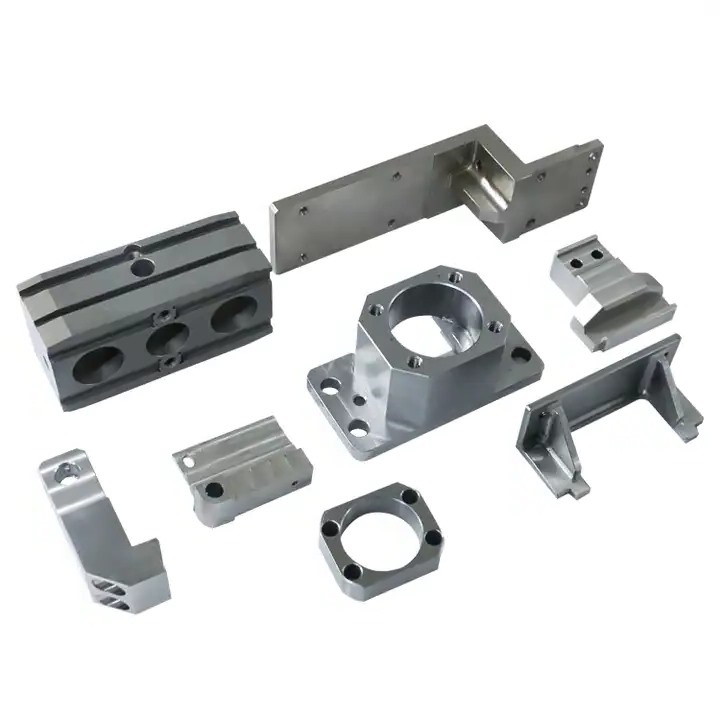
Mechanical Properties of 303 Stainless Steel
Below are the mechanical properties of this alloy:
303 SS Hardness
The 1.4305 material has a Rockwell hardness value of 96 on the B scale making it favorable for machining processes.
Tensile Strength of 303 Stainless Steel
690 MPa is the UTS of 303 SS.
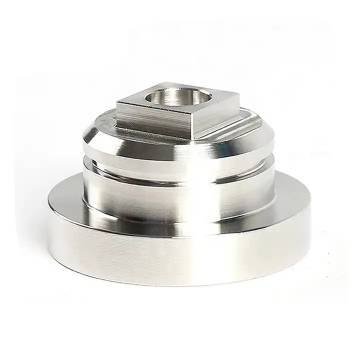
Yield Strength and Ultimate Tensile Strength (UTS)
Following are the approximate values for this alloy and has good structural integrity:
- Yield strength: 415 MPa
- UTS: 690 MPa
Elasticity and Flexibility of 303 Stainless Steel
193 GPa is the elastic modulus of 303 SS. Certainly, it has the following characteristics via this property:
- Adequate strength and ductility
- 40% elongation without rupture
Heat Resistance and Thermal Performance of 1.4305 AISI 303
The thermal analysis of 1.4305 SS is mentioned below
Maximum Operating Temperatures of 303 Stainless Steel
The 1.4305 stainless material has a short-term exposure of heat up to 760°C while for long-term exposure, this material is capable enough to sustain temperature up to 425°C. Hence, it is suitable for intermediate operating temperatures.
Thermal Conductivity and Expansion
With a good conductor of heat and Coeff thermal expansion value of 17.3 x 10⁻⁶/K, this material is promising where dimensional stability is required.
Comparison with Other Stainless Grades
When compared with some famous grades of stainless steel, it is noted that this material has a lower thermal performance than 304 SS grade. However, considerably higher heat conductivity than 316 grade SS.
303 Stainless Steel in High-Temperature Applications
1.4305 material has a good range of applications that are exposed to moderate temperature conditions. Certain high-temperature applications for this material include exhaust systems and other heating equipment.
Manufacturing Process of 303 Stainless-Steel
Welding and Fabrication Characteristics of 303 Stainless Steel
Welding Challenges with 303 Stainless Steel
During welding, 303 SS grade is prone to hot cracking which occurs due to weld embrittlement. This phenomenon usually occurs due to the presence of sulfide inclusion (sulfur presence). Therefore, proper welding techniques (TIG, MIG) are essential with appropriate filler materials
Best Practices for Fabricating 303 Stainless Steel
For optimum fabrication of 303 cres, the following suggestions are recommended
- Minimize heat-affected zone
- Good filler materials for enhanced quality welding e.g. 308L.
Machinability of 303 Stainless Steel
This material is prominent among its family due to this defining property i.e., machinability (78% machinability rating). The amount of S in its composition makes it a perfect choice for applications that demand exceptional machining characteristics. With this property, this material provides you
- High machining speed
- Enhanced tool life
- Good surface finish
What is 303 Stainless Steel used for?
303 SS grade is commonly used for:
Fig 2: 303 SS usage
Additional Comparisons and Industry Standards
Industrial standards and certifications for 303 Stainless Steel
The table provides you with standards and certifications for this grade:
Table 2: 303 SS Standards and Certification
|
Standards |
Designation |
|
AISI |
AISI 303 |
|
UNS |
UNS S30300 |
|
ASTM |
ASTM A582 |
303 Stainless Steel vs 316 Stainless Steel
303 SS has less corrosion resistance to 316 grades but is cost-effective comparatively
303 vs 17-4 PH Stainless Steel
303 SS has comparatively a low tensile strength. Secondly, it has a higher hardness (RHB96) than 17-4 PH which is RHB85. However, heat treating 303 stainless steel isn’t beneficial for strengthening whereas 17-7 Ph can be precipitation hardenable by heat treatment
303 Stainless Steel vs 18-8
18-8 SS grade exhibits excellent corrosion resistance against 303 SS and is suitable for aggressive environments
Chinese Machining Services
Send drawings to info@tuofa-cncmachining.com
Faster and Cheaper
Try Tuofa Now!
Send drawings to info@tuofa-cncmachining.com
China Tuofa Engineer Support Team
Real human quotes are more accurate than software quotes
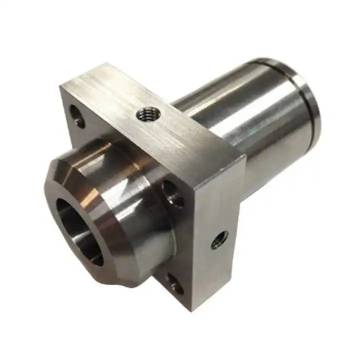
 Tel/WeChat:
Tel/WeChat:  Email:
Email: 
 Home
Home
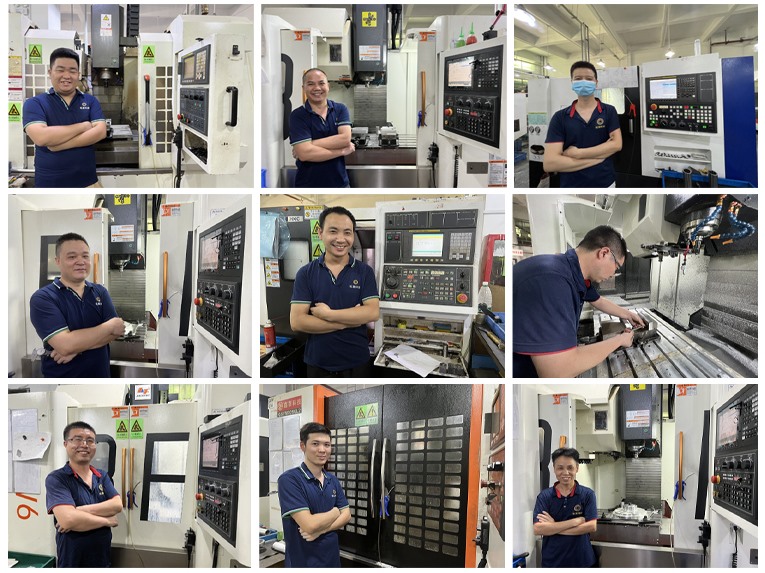

 Grade 301 Stainless Steel: Properties and Advantages
Grade 301 Stainless Steel: Properties and Advantages 







